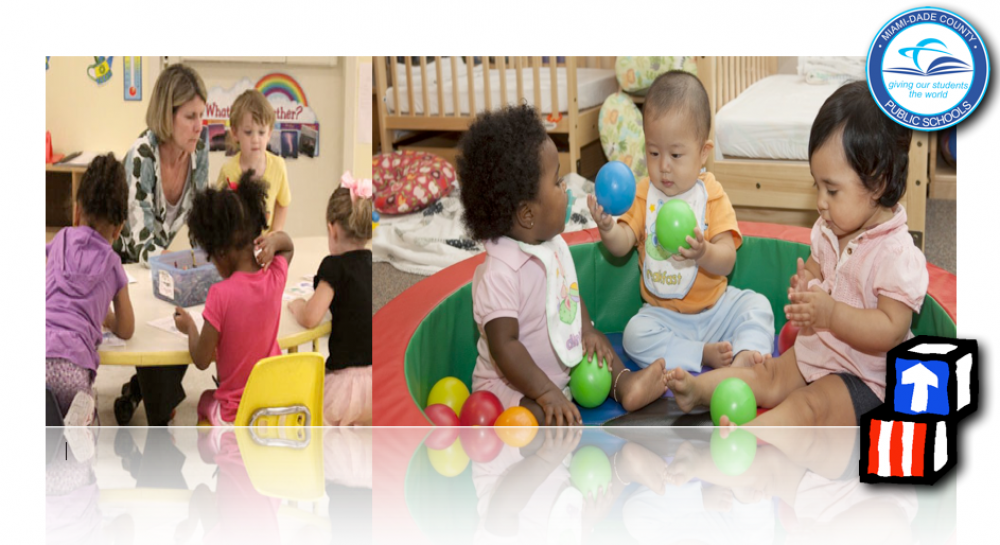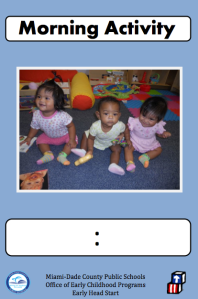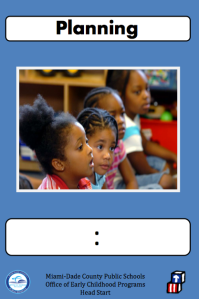Schedules and routines are integral in promoting child engagement within our classrooms. Schedules and routines provide both security and a sense of what comes next to our children — children are able to anticipate what happens next, and thus feel more secure. When children are engaged with a material, a peer, or an adult, they are less likely to be engaged in challenging behaviors. When we design our schedules, we need to balance activities so that there is a mix of small group and large group activities, teacher-directed and child-directed activities. Children should also be taught the routine — we can’t expect children to follow a routine if we do not teach it to them.
Teaching Children Schedules and Routines
- Teach it during circle time, using visual cues that all children can understand.
- Reinforce children as they go through the schedule of the day.
- Provide individual instruction to children who need more assistance, and use individualized pictures cues.
- Be consistent with your schedule and routines. Children will be more likely to learn to follow a schedule if it is followed consistently.
- Post your schedule visually and refer to it frequently throughout the day so that children learn what will happen next.
- Prepare children for changes when necessary by making announcements at opening circle, using visual prompts on a posted schedule indicating a change (e.g. a STOP sign on top of an activity that is not going to happen as planned). Remind children of the changes as often as possible.
The Miami-Dade County Public Schools Office of Early Childhood Programs has designed visual schedule cards that reflect the Head Start and Early Head Start schedules. They can be accessed and downloaded below.


